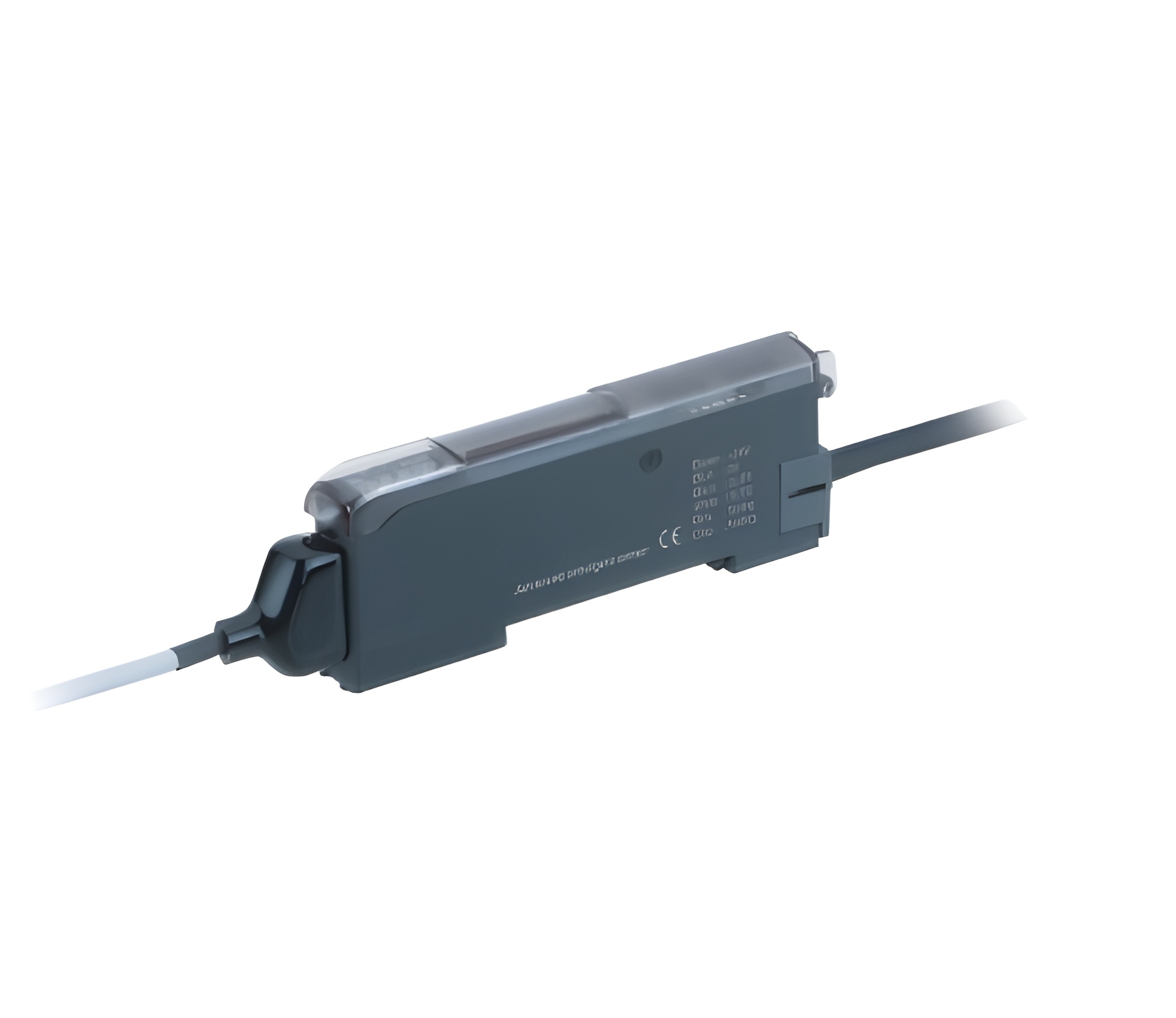Panasonic EF-S1C Sensor – A High-Performance Solution for Industrial Applications
The EF-S1C sensor is engineered to meet the needs of modern industrial environments. With its exceptional detection range, fast response time, and rugged construction, the EF-S1C ensures reliable performance across a variety of applications, from automation systems to heavy-duty manufacturing processes.
Panasonic EF-S1C Sensor Specifications
Key specifications of the EF-S1C sensor include:
- Detection Range: Long-range detection for versatile industrial use.
- Reflective Technology: Enhanced precision even with reflective surfaces.
- Sensitivity Adjustment: Easily customizable to suit specific applications.
- Power Requirements: Operates efficiently with a 12–24V DC power supply.
- Fast Response Time: Provides real-time feedback for automation tasks.
- Durable Construction: Resistant to dust, vibrations, and temperature fluctuations.
These features make the EF-S1C sensor a reliable and versatile tool for industrial operations.
Industrial Applications of the EF-S1C Sensor
The Panasonic EF-S1C sensor is widely used in industrial settings, including:
- Automation Systems: Enhances production line accuracy and efficiency.
- Factory Environments: Performs reliably in challenging conditions like dust and vibrations.
- Heavy-Duty Applications: Ideal for large-scale manufacturing and assembly lines.
- Reflective Surface Detection: Offers consistent accuracy even with highly reflective materials.
The EF-S1C sensor’s adaptability ensures seamless integration into diverse industrial processes.
Panasonic EF-S1C Installation Guide
Installing the Panasonic EF-S1C sensor is simple and straightforward. Follow these steps:
- Mounting: Position the sensor securely with a clear line of sight to the target area.
- Power Connection: Connect the sensor to a 12–24V DC power supply.
- Sensitivity Settings: Adjust the sensitivity levels as needed for your specific application.
- Testing: Test the sensor’s output signals to ensure proper functionality.
These steps ensure optimal performance and integration into your system.
Panasonic EF-S1C Datasheet Download
The EF-S1C datasheet contains comprehensive technical information, including:
- Connection diagrams and installation instructions
- Detailed specifications for detection range and sensitivity
- Durability ratings and environmental suitability
- Maintenance and troubleshooting tips
Download the datasheet to maximize the sensor’s capabilities and ensure proper use.
Benefits of the EF-S1C Sensor
The Panasonic EF-S1C sensor offers numerous advantages:
- Precision: Delivers accurate and reliable performance for industrial processes.
- Durability: Designed to withstand harsh environmental conditions.
- Versatility: Suitable for a wide range of applications, from automation to heavy-duty manufacturing.
- Ease of Use: Simple installation and user-friendly operation.
These benefits make the Panasonic EF-S1C sensor a preferred choice for industrial automation professionals.
Frequently Asked Questions
1. What is the detection range of the EF-S1C sensor?
The EF-S1C offers a long detection range, making it suitable for large industrial setups.
2. Can the EF-S1C sensor handle harsh environments?
Yes, the EF-S1C is designed to be resistant to dust, vibrations, and temperature changes.
3. How do I adjust the sensitivity of the EF-S1C sensor?
Sensitivity adjustments can be made via built-in controls, allowing for flexible customization.
4. Where can I download the EF-S1C datasheet?
The datasheet is available for download on the manufacturer’s website or through authorized distributors.
5. Is the EF-S1C sensor compatible with automation systems?
Yes, the EF-S1C integrates seamlessly with most standard automation systems.
Conclusion
The Panasonic EF-S1C sensor combines precision, durability, and versatility to meet the demanding requirements of industrial environments. Whether for automation systems or heavy-duty manufacturing, the EF-S1C delivers reliable performance and exceptional value. Invest in the EF-S1C sensor today to optimize your industrial operations.
Related Articles: Learn more about the sensors by reading our blog about Sensor Types.

